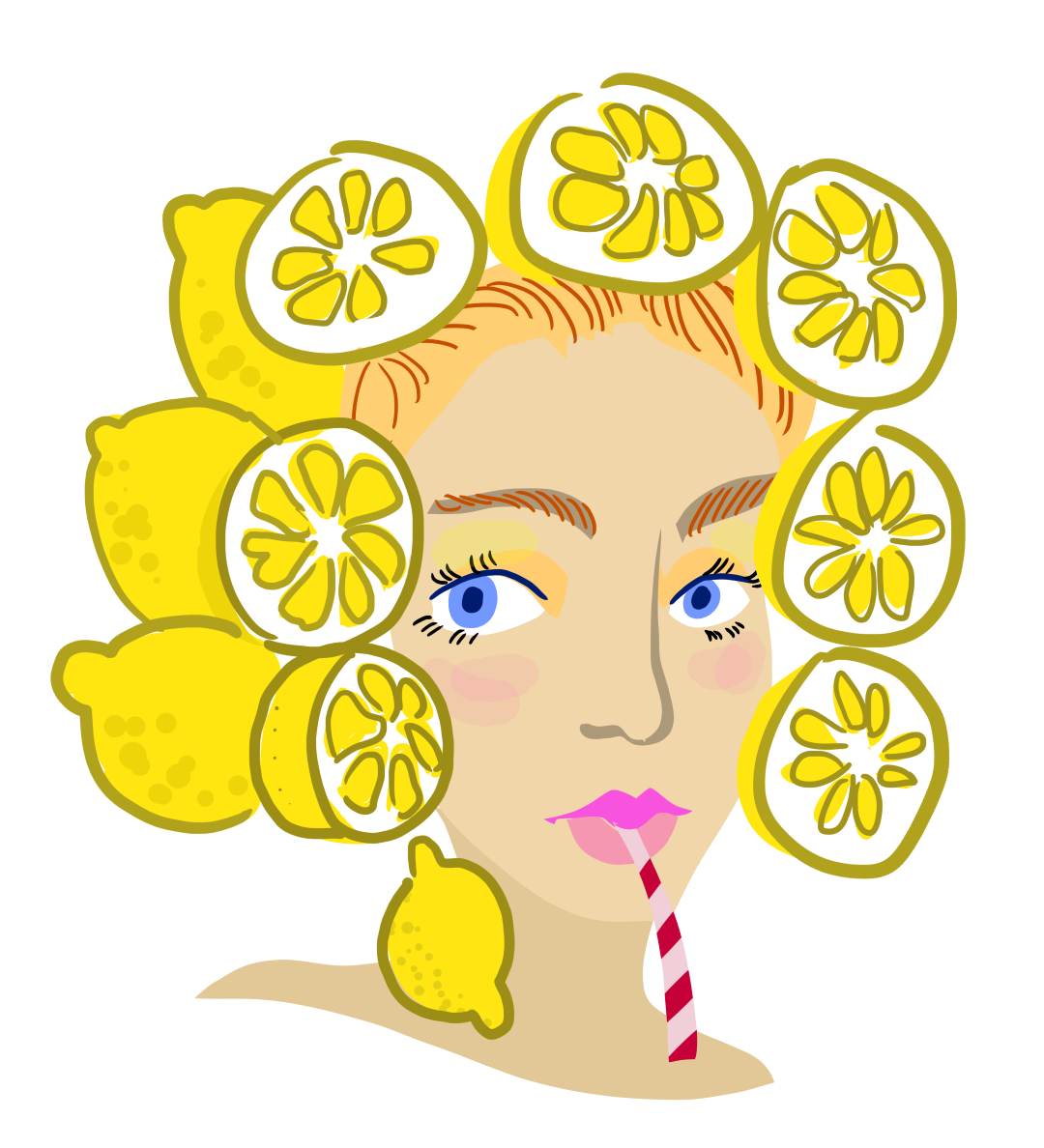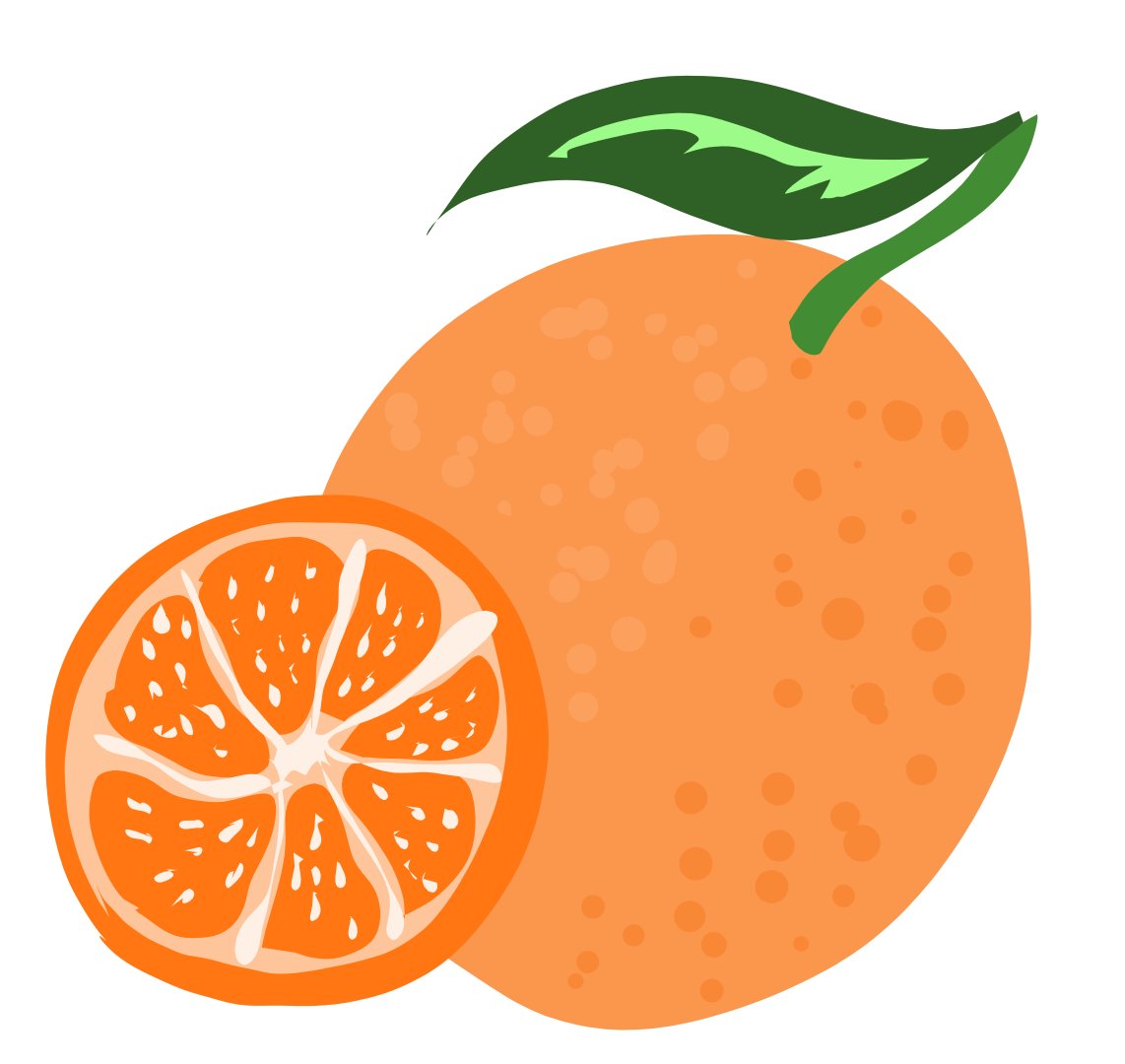
A collection of multimedia visuals from a broad array of artists
By Alexis Zygan, Staff Writer
“Picasso eating breakfast, with what looks like his hands on the table. It takes a moment to realize the fingers are actually bread rolls.”
“The exhibition includes a very diverse range of work, but it’s not exclusive to fine art. [Feast for the Eyes: The Story of Food in Photography] demonstrates how food photography has been critical to the development of the hospitality industry and to the evolution of the cookbook, which many people might have a close, sometimes daily, familiarity with,” says The Polygon director Reid Shier in an email interview with the Other Press.

Located in The Shipyards at Lonsdale Quay, a 15-minute SeaBus from downtown Vancouver, is The Polygon. The gallery hosts art in a strikingly futurist architectural structure. Feast for the Eyes: The Story of Food in Photography premiered at The Polygon on March 4. Separated into three different sections “Still Life,” “Playing with Food,” and “Around the Table.” Curated by Susan Bright and Denise Wolff, the exhibit explores the history of food from the lens of photographers and how our relationship to food parallels the cultural environment. Feast for the Eyes shares art on queerness, gentrification, diet culture, and gender roles. A lot has changed since the beginning of food photography, but what remains the same is that food livens our senses and brings people together.
The still-life art form depicts inanimate objects such as fruit in a bowl. Paintings influence the visual composition of food in early photography. The invention of smartphones has allowed new ways to look at food. The modern #foodstagram encompasses technical aspects of still-life while also subverting the genre. Artworks worth checking out in “StillLife,” include a polaroid photograph of a banana taken by pop art visionary Andy Warhol and a series of close-up gelatin-silver prints of fruits and vegetables by Charles Jones. The tightly cropped shots seduce the viewer.
“Around the Table” depicts people’s ritualistic relationship with food and how they gather for meals. Anne Testut travelled around Europe in the late ’90s knocking on doors asking if she could photograph people during dinnertime. Her insight from the series is that despite societal changes, dinnertime remains central to connection. Peter Menzel’s photos initially published in Hungry Planet: What the World Eats depicts what families worldwide purchase for their weekly groceries. Shier admires a Cibachrome photo taken by Nan Goldin that captures the intimacy of friendship and celebration.

The third section, “Playing with Food,” acknowledges how food awakens a sensory experience. Mothers scold their kids when their children throw peas at each other, but it’s okay to play with food if it’s for the sake of art. Notable artworks from “Playing with Food” include Double Mona Lisa sculpted out of peanut butter and jelly by multidisciplinary artist Vik Muniz; a colourful ring of jelly and fruit photographed by queer photographer Joseph Maida with caption #thingsarequeer; and “a photo by Robert Doisneau of Picasso eating breakfast, with what looks like his hands on the table. It takes a moment to realize the fingers are actually bread rolls. It’s gentle and fun,” says Shier.
During my visit to The Polygon, I observed Semiotics of the Kitchen, a six-minute video by feminist visual artist Martha Rosler, demonstrating kitchen items in alphabetical order—aggression crescendoing with each item. At K, she stares deadpan at the viewer thrusting a knife in a stabbing motion. The black-and-white film parodies kitchen shows while subverting gender roles that women belong in the kitchen—an idea that remains prevalent in today’s cultural capital considering “return to the kitchen” memes.
An exhibit about food is not complete without photography of recipes. Beyond a backdoor, there is a lineup of Weight Watchers recipe cards from the ’70s on display. The notion that women derive their value based on how their body looks continues to influence modern beauty standards. In the same area, an advertisement without the text forces the viewer to guess the messaging.
The Polygon is open Wednesday through Sunday from 9am to 5pm (open till 8pm on Thursdays), and no appointment is necessary. The gallery takes COVID precautions to ensure a safe visiting experience. When I went to visit the exhibit on Thursday morning, I was the only person there. Admission is by donation, with a recommended donation of $10. If you want to learn more about the exhibit, check out the Feast for the Eyes: The Story of Food in Photography coffee-table book on sale at The Polygon gift shop.


